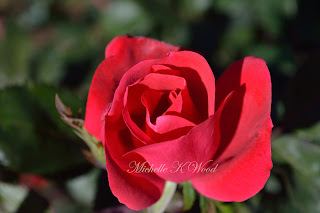Let your style find you!

Many photographers think (or are told) they have to choose or define their style right out of the gate. Why is that, I wonder? It's good to define yourself and your work, but let it be an organic process to begin, don't force yourself into a box. In my opinion, the best way to define your style is to shoot for a while – six months to a year is a reasonable period of time – and then look back over your portfolio and pick out the common elements. These will show you the things you're drawn to, probably the things you like, and the things that will let you stand out and shine as a photographer. This is exactly what I did recently, and here's my short list. For starters, I'm a 'photorealism' shooter. You will see in my photos just about what I saw with my eyes when I took the photo. I am a very 'light' editor, just a little lightening (exposure compensation), brightening (contrast), sharpening, and sometimes cropping, is usually the extent of my edi...


